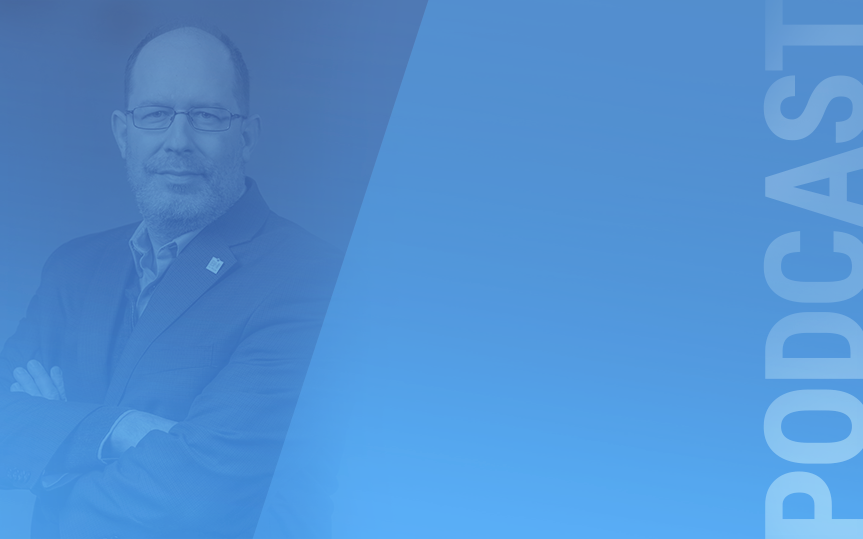Using Sales Automation to Close Sales Deals Faster

Whether you’re a founder heading up sales solo or you have a large sales development team, automation is an essential part of scaling your outbound sales strategy.
Kevin Snow is an entrepreneur, army veteran, and the Founder/CEO of Time On Target. His company helps businesses take their sales and marketing processes to a higher level and integrate digital technology in an authentic, professional way.
Kevin joined the Predictable Revenue podcast to discuss how automation technology can help your outbound sales team close deals faster and more efficiently.
Common mistakes in outbound sales automation
There are a few mistakes that Kevin sees over and over again when it comes to outbound sales automation.
One of the most common mistakes is to automate too soon, without a strong understanding of who the client is. Knowing your ideal customer profile (ICP) and the buyer’s journey are essential to crafting a strong outbound sales strategy, whether automated or manual.
Before you begin to automate the sales process, you’ll also need high-quality content to send prospects. Kevin recommends investing the time upfront into perfecting your content strategy as much as possible before diving into automation.
Another common error is to build the automation process once and never adjust it. “You really have to spend time with it,” Kevin says. He recommends performing split tests to optimize conversions and checking in regularly to see what’s performing well and what could be improved.
The role of buying stages in outbound sales automation
Before implementing any automation technology, it’s important to understand how your buyers make purchasing decisions. “Understand that it’s going to be different for each of your ideal client avatars,” Kevin says, “and you need to map out what that process looks like.”
Tailoring content to the prospect
The most common problem in outbound sales is the salesperson doesn’t meet the buyer where they are. “The seller is always trying to push the buyer to buy faster, and they’re getting ahead of the process,” Kevin says, which results in a sleazy sales experience.
Instead, he recommends sending prospects information based on where they are in the decision-making process. If they’re in an evaluation phase, for instance, a sales development rep could send them content that helps answer their questions and mitigate risk.
Knowing the different stages of awareness your customers go through will allow you to tailor content based on their specific needs.
Adding automation
Once you have a clear picture of how prospects move through the decision-making process, you can begin to automate parts of your outbound sales strategy so they’ll automatically be sent the right content at the right time.
For example, after a sales development rep completes a meeting, your CRM can automatically send a personalized note to thank the prospect for their time and outline the next steps. Once the prospect is sent pricing information, that triggers another automated piece of content to send testimonials and case studies.
At each step of the outbound sales process, Kevin recommends asking, “What key questions is the prospect asking, and how do we develop content around that?” Always provide value and include a call to action to help them find more information (by sending them to a blog post, for example).
What outbound sales tasks should be automated?
There are two main areas Kevin recommends automating first: repetitive tasks and communication.
First, make sure your sales development team isn’t wasting time entering the same data in multiple places, or manually putting together reports that could be generated automatically. These are the sort of repetitive administration tasks that take time away from sales conversations.
Communication is another area that can eat up a lot of time. For repetitive tasks like follow-up emails, automation technology can customize names, titles, and company names, which also eliminates the possibility of human error.
With follow-ups automatically taken care of, your outbound sales team can focus on booking meetings and closing deals. You’ll also be able to manage more leads in your pipeline, which results in more revenue.
The balance between authenticity and automation
Automation doesn’t have to feel impersonal. If you avoid corporate jargon and write like you’re talking to a friend, your reader may not even realize it’s an automated message. If you have a sales development team, then every person on the team needs to have unique automation sequences. Duplicate messages will end up ignored or in the spam folder.
If someone else is writing your emails, make sure they know your personality. “Your marketing team needs to understand the voice and tone of the person they’re writing for,” Kevin says. “It has to feel like it’s coming from you.”
Automation is the key to scaling your outbound sales strategy
Kevin says one of the biggest takeaways from his time in the army is understanding the importance of systems: “Everything in the military is a process.” It’s a lesson he’s taken with him into his sales career.
Systems are key to scaling a business, and before you automate your sales process, it’s essential to have those foundations in place. But once you do, the potential for growth skyrockets.
If you want to connect with Kevin to learn more about sales automation technology, reach out via email at kevin.snow@time-on-target.com or visit the company website at time-on-target.com
Don’t forget to subscribe to our YouTube channel so you can be notified when our weekly podcast episodes are released and learn more about top sales development insights.
NO TIME TO READ?
Listen On:
Throughout 2021, we had the fortune of interviewing 50+ sales development experts on the Predictable Revenue Podcast.
These pages are packed full of insightful advice, actionable tips, and thought-provoking interviews with some of the world’s foremost sales experts.



